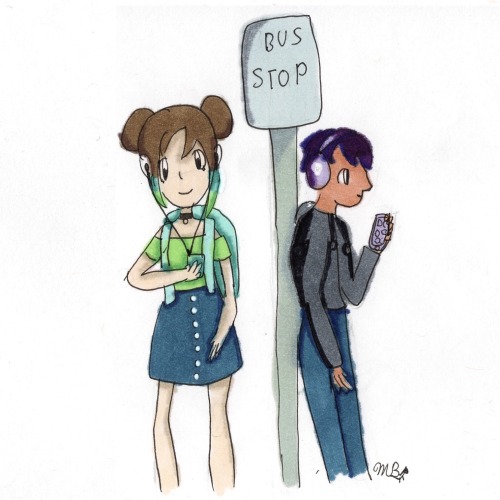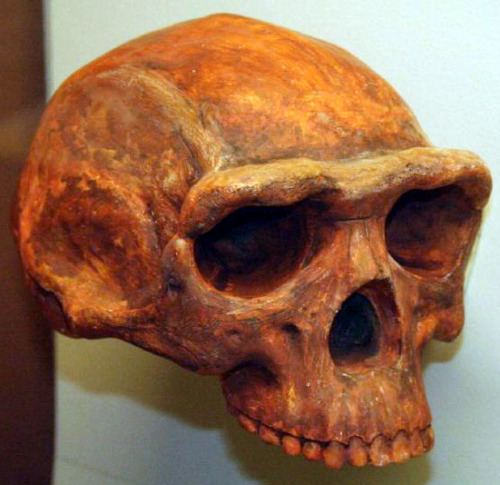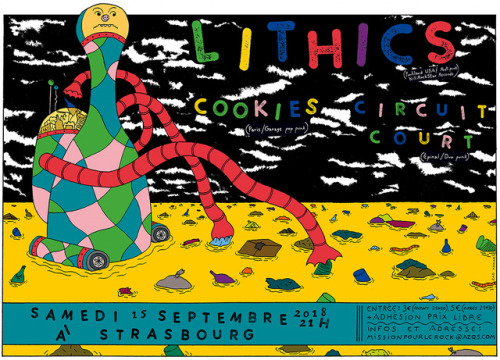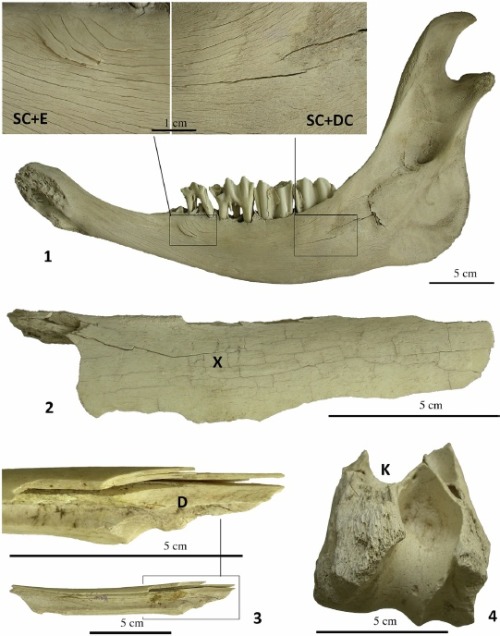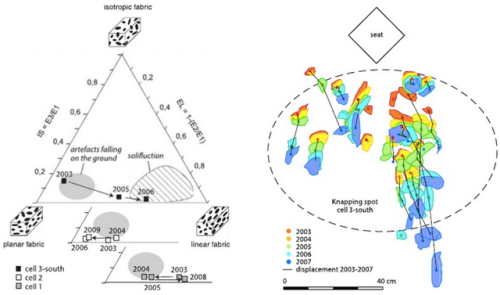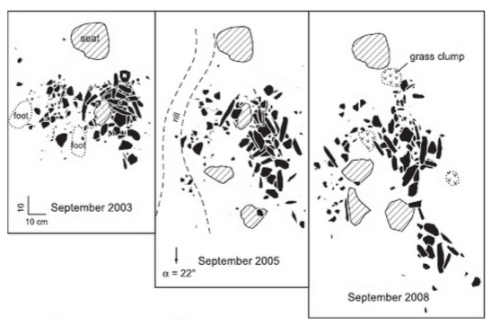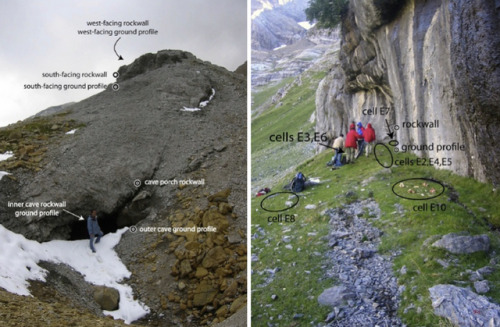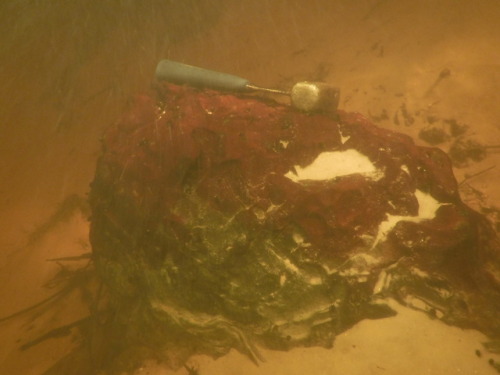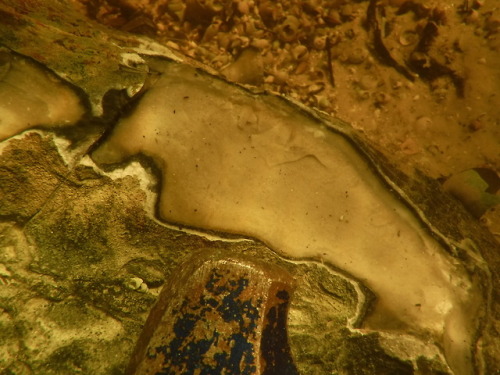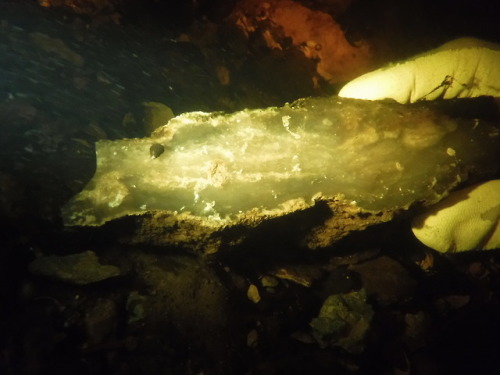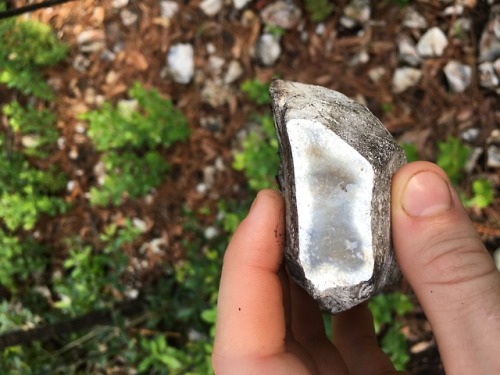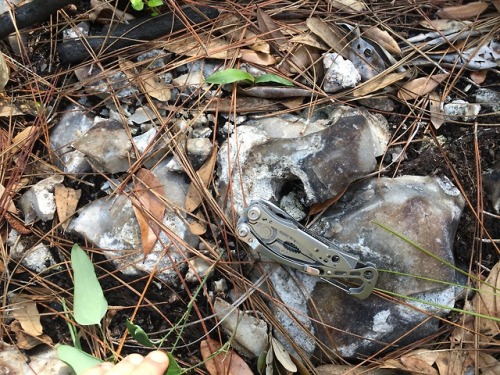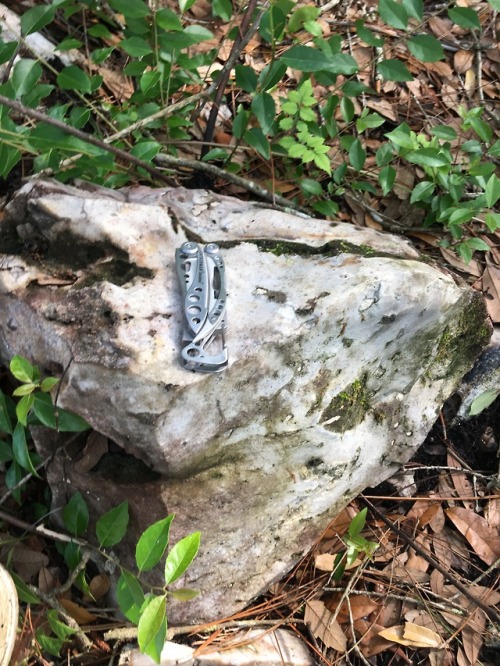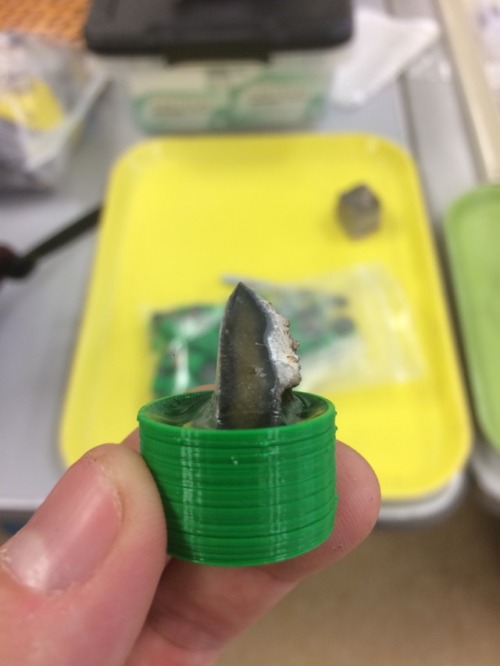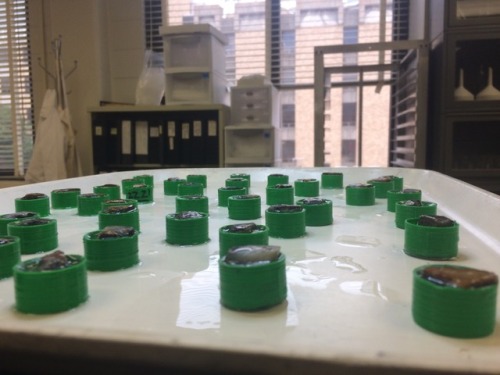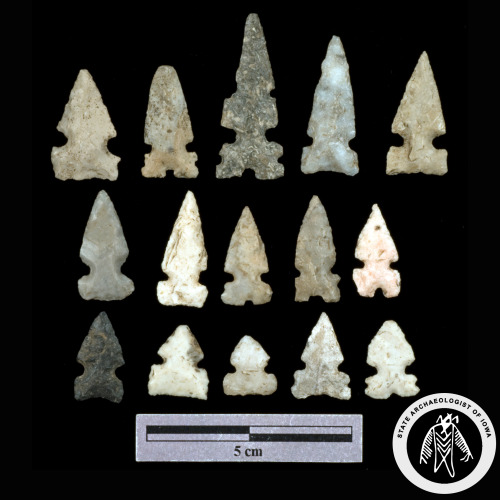#lithics
Heavy Rotation in 2018
Lithics, “Excuse Generator” (2018, Kill Rock Stars)
Maxine Funke, “nicest thing” (2018, I Dischi Del Barone)
Felt, “Bitter End” (1988, Creation)
O.V. Wright, “This Hurt Is Real” (1969, Back Beat)
Pusha T, “If You Know You Know” (2018, G.O.O.D. Music)
JJ Ulius, “Tänder Ett Ljus” (2018, Happiest Place)
Grachan Moncur III, “When” (1969, BYG)
The Mad Scene, “Paperplane” (1992, Homestead)
Total, “Tannery #1″ (1994, Freek)
Delia Derbyshire & Barry Bermange, “Running" (1964, BBC Third Programme)
Skee Mask, “Lil DB Tool” (2018, Monkeytown)
Stereolab, “Fluorescences” (1996, Duophonic)
Aretha Franklin, “Eleanor Rigby” (1970, Atlantic)
Post link
Heavy Rotation in 2020
Ana Roxanne, “Suite pour l’invisible” (2020, Kranky)
Yaeji,“What We Drew” (2020, XL)
April Magazine, “honey bee” (2020, self-released)
Eldridge Holmes, “Now That I’ve Lost You” (1968, Deesu/Decca)
Colourbox,“Tarantula” (1982, 4AD) *
Linda Martell, “Before the Next Teardrop Falls” (1970, Plantation)
KMRU,“Well” (2020, Editions Mego)
Jessica Bailiff, “One Red Year” (1998, Kranky)
Teenage Fanclub, “Everything Flows” (1990, Paperhouse/Matador)
Jessy Lanza, “All The Time” (2020, Hyperdub) **
Bona Rays, “We’re Never Going to Miss You” (1981, Mystery)
Opiate,“Opto File 1” (2001, Raster-Noton/April Records)
Lithics,“Hands” (2020, Trouble In Mind)
Lack,“Machine Club” (2020, Livity Sound)
Roedelius,“Lied am Morgen” (2014, Bureau B)
* “Version 1″ with Debbion Currie on vocals, preferably 12″ version
** both original version and DJ Swisha Remix
Thanks MB for another illustration!
Post link
Track of the Day;
Edible Door - L I T H I C S, 2019
https://www.youtube.com/watch?v=ghaYYGXRI4w
Support Them - https://lithics.bandcamp.com/album/mating-surfaces
Post link
Experimental archaeology in a mid-latitude periglacial context: insight into site formation and taphonomic processes
- by Pascal Bertran, Cédric Beauval, Stéphane Boulogne, Michel Brenet, Sandrine Costamagno, Thierry Feuillet, Véronique Laroulandie, Arnaud Lenoble, Philippe Malaurent and Jean-Baptiste Mallye
“Experiments have been carried out at two sites in periglacial (MAAT ≈ 0 °C) and alpine (MAAT ≈ 4 °C) contexts in the Pyrenees, including open-air and cave loci, to document in detail the role of site formation processes and taphonomic agents in the degradation of archaeological assemblages. In both sites, the experimental cells have undergone significant changes over the five years of measurements. These are marked by slow downslope creep of lithic artefacts due to solifluction, rain creep, and the impact of debris fallen from the wall in the cave. The behaviour of bone material was significantly different from that of lithics, due to the activity of scavengers. This was responsible for scattering a high proportion of bone remains, and displacements were typically significant. Such activity was also responsible for a high number of bone elements being lost (1/3 to 2/3 of the bones). Weathering, mostly cracking and exfoliation, also affected dry bone material in the open-air cells. The measurements have highlighted the specific nature of the cave context, which plays a protective role for bone remains against meteoric agents. The talus at the entrance of the cavity was also characterized by a strong spatial heterogeneity in sedimentary processes, which may generate a differential preservation of the assemblages” (read more/open access).
(Open access source:Journal of Archaeological Science 57:283-301, 2015 via Academia.edu)
Post link
Sampling underwater chert quarries in northwest Florida. A few weeks of working in the Wacissa, Aucilla, and St. Marks Rivers is paying off with some awesome new information about submerged prehistoric quarries!
Post link
Summer Fieldwork 2018- Suwannee chert outcrop in northwest Florida. I will be sampling this location later this summer. Samples collected here will be characterized using neutron activation analysis (NAA) and laser ablation-inductively coupled plasma-mass spectrometery!
Post link
Recently, I’ve been working on analyzing surficial weathering of chert using Laser Ablation-Inductively Coupled Plasma-Mass Spectrometry (LA-ICP-MS). In order to isolate the weathered surfaces for top-down analysis, chert fragments were mounted in epoxy, cut, ground, and polished. Because the ablation cell is small and geologic samples and lithic artifacts are often prohibitively large, I designed custom sample cups and had them 3D printed. These cups were the right size for the ablation chamber and helped to align the chert samples perfectly. A few failed (leaked), but they still served their purpose in mounting the chert samples.
Tomorrow I will analyze the samples! More updates soon!
Post link
Here is an interesting array of Late Prehistoric arrowheads, some with multiple notches, from the Chan-ya-ta site (13BV1) in Buena Vista County. Chan-ya-ta was a fortified Mill Creek village site dating to just after A.D. 1000.
Post link


